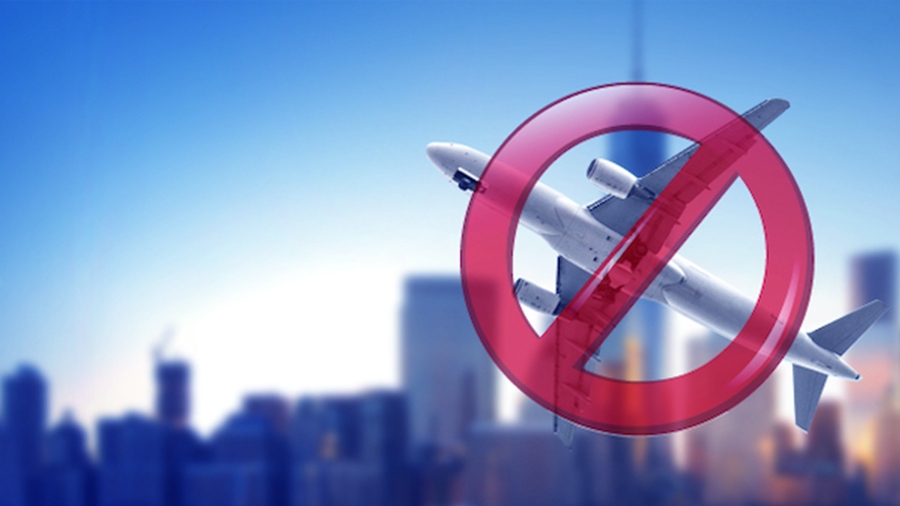KATHMANDU: Private air service operators in Nepal have pledged their commitment to supporting decisions made by the Nepal Civil Aviation Authority (CAA) regarding aviation safety. Despite significant improvements in Nepal’s aviation sector since 2013, the continued presence of Nepali airspace on the European Union’s (EU) aviation blacklist has drawn criticism. In response, private air service operators have expressed their willingness to cooperate with the CAA’s efforts to address these concerns.
Discussions Between Authorities and Airlines
Last Thursday, a serious discussion took place between officials from the Nepal Civil Aviation Authority and representatives of member air service companies regarding Nepal’s inclusion on the European Safety List . During the meeting, air service operators reaffirmed their commitment to working closely with the CAA to ensure Nepal is removed from the blacklist.
The discussions highlighted Nepal’s progress in improving aviation safety standards, even as stakeholders expressed disappointment over the EU’s reluctance to remove Nepal from the list despite evident reforms.
Participants emphasized that while Nepal has made substantial strides in enhancing aviation safety, the continued blacklisting by the EU remains a source of frustration. They stressed the need for collaborative efforts between the government, the CAA, and private operators to implement timely changes to existing regulations and further strengthen safety measures.
Challenges Posed by the EU Blacklist
Despite relentless efforts by Nepal to improve its aviation safety standards, the EU has maintained Nepal on its aviation blacklist. This has created significant hurdles for Nepal’s aviation industry, particularly given the dominance of Airbus helicopters and aircraft in the country’s fleet. The EU’s decision not only affects Nepal’s reputation but also imposes restrictions on the operation and procurement of Airbus products, which are widely used in Nepal.
The EU first added Nepal to its aviation blacklist in December 2013, following the International Civil Aviation Organization’s (ICAO) classification of Nepal under the Significant Safety Concern (SSC) category. Since then, the Nepal CAA has undertaken numerous initiatives to overhaul the aviation sector and enhance overall safety standards. While ICAO removed Nepal from the SSC list in July 2017, the EU has yet to follow suit, leaving Nepal’s aviation industry in limbo.
Progress in Aviation Safety
Nepal has demonstrated measurable progress in aviation safety over the years. For instance:
In 2013, Nepal’s compliance rate with ICAO safety standards stood at 55% , but by 2017, this figure had risen to 66.76% following an ICAO audit.
The removal of Nepal from the SSC list in 2017 was a testament to the country’s sustained efforts to reform its aviation sector.
Despite these achievements, the EU’s refusal to lift the ban has been a major setback. Private operators argue that the continued blacklisting undermines Nepal’s credibility and hampers the growth of its aviation industry.
Calls for Government Action
Private air service operators have urged the Nepal government to take decisive steps to support the aviation sector. Key recommendations include:
Procuring Suitable Aircraft : Given Nepal’s challenging geography, operators stress the importance of identifying and purchasing aircraft that are well-suited for the country’s terrain.
Expanding Maintenance Facilities : Strengthening maintenance and repair capabilities will ensure safer operations and reduce dependency on foreign services.
Exploring Alternative Markets : Diversifying the aviation market by exploring partnerships beyond Airbus could mitigate risks associated with the EU blacklist.
Operators have also called for stricter enforcement of safety protocols and increased investment in training programs for pilots, engineers, and ground staff.
The Role of Aircraft Performance in Accidents
The Nepal CAA has pointed out that technical performance issues with certain aircraft models have contributed to past accidents. For example:
Of the 110 aviation accidents recorded in Nepal so far, 965 passengers have lost their lives.
Among these, 41 helicopter accidents accounted for nearly 100 fatalities .
Many of these incidents involved older models such as the ATR-72 and Vietnam Helicopters , raising concerns about their suitability for Nepal’s rugged terrain. In response, several airlines and helicopter operators are transitioning to newer models, including Airbus helicopters, which are considered more reliable.
Shift Toward Modernization
In recent years, Nepal’s aviation industry has witnessed a gradual shift toward modernization:
Out of the 12 helicopter companies currently operating in Nepal, most are replacing older models with Airbus helicopters.
Similarly, 9 domestic airlines are increasingly adopting the ATR-72 aircraft, which is better suited for regional routes.
This transition reflects operators’ efforts to align with international safety standards and improve passenger confidence. However, the EU blacklist continues to pose challenges, as it restricts access to advanced technologies and limits operational flexibility.

